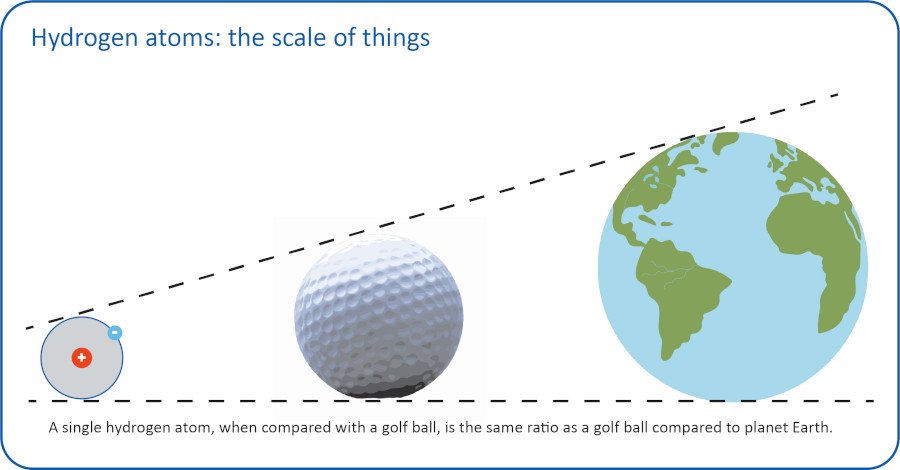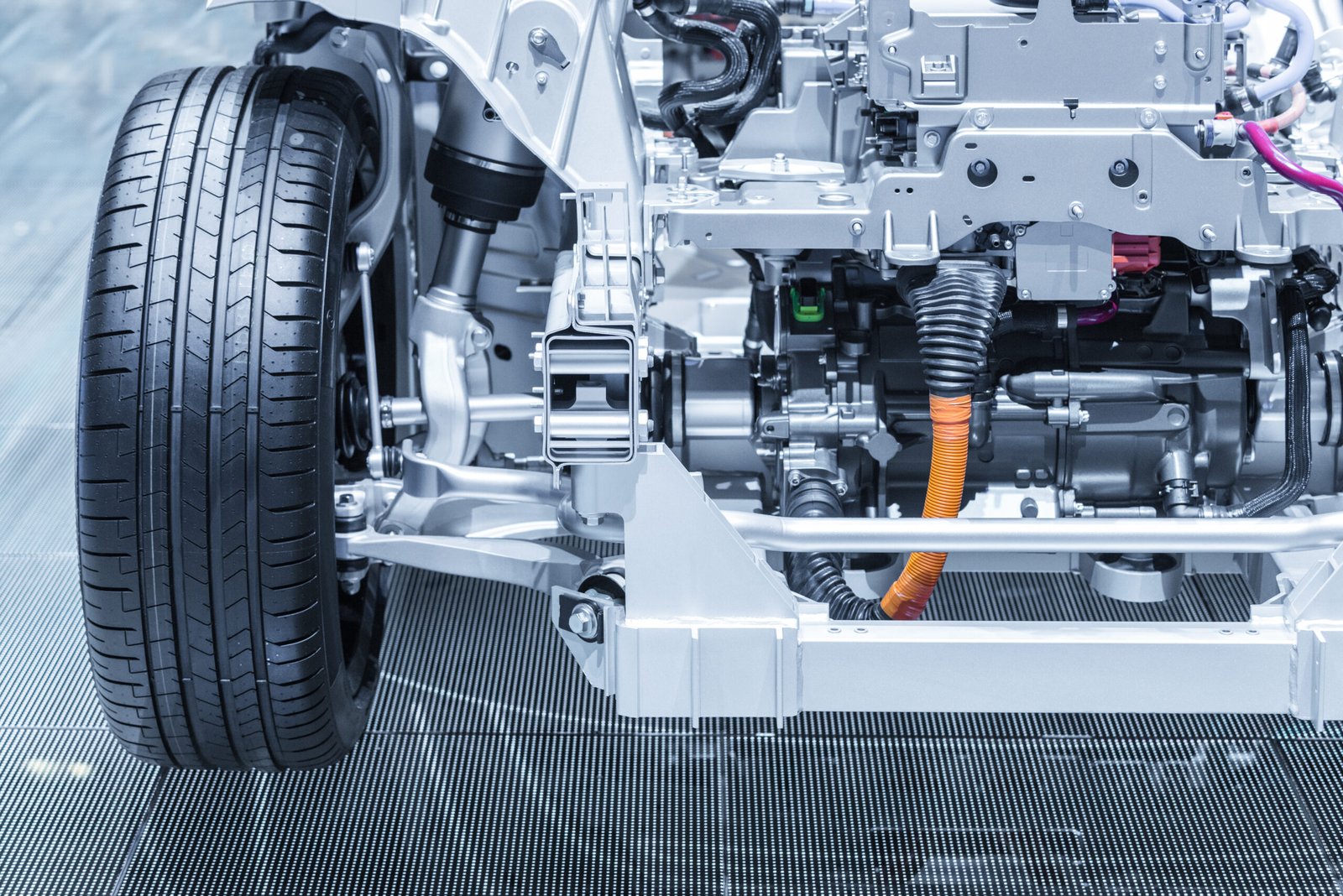LiDAR Connector solutions play a crucial role in enabling technology implementation in autonomous vehicles
LiDAR (Light Detection and Ranging) systems are used in many applications for their ability to measure distances and create detailed 3D maps of environments accurately. From topographic mapping to construction and civil engineering to virtual reality and gaming, LiDAR’s versatility has led to widespread adoption. Many autonomous vehicles now feature LiDAR technology for navigation and obstacle detection. LiDAR delivers real-time, high-resolution 3D maps of its surroundings to enable autonomous vehicle navigation, enhancing the vehicle’s ability to perceive, interpret, and respond to dynamic road conditions, thereby contributing to a safer and more efficient driving experience.
While LiDAR is a powerful sensor system for autonomous vehicles, it is often used in conjunction with other sensors, such as cameras, radar, and ultrasonic sensors, to create a comprehensive and redundant sensor suite that ensures safety and reliability in various driving conditions. Advances in LiDAR technology, including range, resolution, and cost improvements, continue to drive progress in developing autonomous vehicles.
Connector solutions play a crucial role in enabling technology implementation in autonomous vehicles. Connectors are responsible for establishing and maintaining the electrical and data connections between various LiDAR components, such as the LiDAR sensor units and the vehicle’s processing systems. Selecting the best connectors for a LiDAR system can be challenging. The following offers an overview of LiDAR systems and subsequent connector solutions for automotive applications.
LiDAR In Automotive Applications
LiDAR is a crucial component in the sensor suite of autonomous vehicles. LiDAR sensors emit laser beams in multiple directions, and by measuring the time it takes for the laser pulses to return after hitting objects, the system can create a detailed 3D map of the environment. According to MarketsandMarkets, the automotive LiDAR market is expected to grow from USD 555 million in 2022 to USD 8.611 billion by 2030.
LiDAR technology is used in autonomous vehicles for:
- Obstacle Detection & Avoidance
- Mapping & Route Planning
- Lane Detection & Driver Assistance
- Traffic Sign & Signal Recognition
- Adaptive Cruise Control
- Parking Assistance
- Low-Light & Adverse Weather Performance
Connectivity Requirements
Autonomous vehicle LiDAR systems impose specific performance requirements on connector solutions to ensure the reliable and efficient operation of the technology. This includes:
High Data Transfer Rates
- LiDAR systems generate large volumes of data, particularly in 3D point cloud formats. Connectors must support high-speed data transfer to efficiently transmit this data between LiDAR sensors and the vehicle’s processing unit.
Low Latency
- Low-latency connections are critical for real-time processing of LiDAR data. Connectors should minimize delays in data transmission to enable quick decision-making by the vehicle’s control system.
Reliability and Robustness
- Autonomous vehicles operate in diverse and challenging environments. Connector solutions must be reliable and robust, capable of withstanding vibrations, temperature extremes, and exposure to moisture without compromising performance. IP-rated connectors must be designed for long-term use and capable of withstanding a high number of mating/unmating cycles. The durability of connectors is essential for minimizing maintenance needs and ensuring the longevity of the LIDAR system.
High Density
- Automotive environments, especially within the LiDAR systems, often have limited space for electronic components. High-density connectors, while efficient in terms of packing many contacts in a small space, can contribute to challenges in managing space constraints.
Signal Integrity/EMC Compliance:
- While high-density connectors can support many signal pathways, maintaining signal integrity becomes more challenging as the density increases. Signal crosstalk, interference, and impedance issues may arise in densely packed connectors, potentially affecting the accuracy and reliability of LiDAR data. Electromagnetic compatibility (EMC) is crucial to prevent interference with other electronic components in the vehicle. Connectors should be designed to minimize electromagnetic emissions and provide effective shielding against external interference.
Compact Design
- As noted, space efficiency is crucial in the design of autonomous vehicles. Connectors should be compact and lightweight, allowing for easy integration into the vehicle’s structure without taking up excessive space.
High Power Handling Capacity:
- LiDAR sensors require a stable and sufficient power supply. Connectors must be able to handle high power levels without overheating or causing electrical issues, ensuring the reliable operation of the LiDAR system.
Compatibility and Standardization:
- Connector solutions must adhere to industry standards to ensure compatibility between LiDAR systems and vehicle models. Standardization facilitates interoperability, simplifies integration, and promotes widespread adoption.
Ease of Installation and Maintenance
- Connectors should be designed for easy installation and maintenance. This simplifies the assembly and disassembly processes, minimizing downtime and reducing the complexity of maintenance tasks.
Meeting these performance requirements is essential to ensure the seamless integration and operation of LiDAR systems in autonomous vehicles, contributing to autonomous driving technologies overall safety and reliability of.
Solutions
LiDAR systems often require a variety of connector components to connect various modules, devices or, sensor units distributed across the vehicle system. Board-to-board and wire-to-board connectors have previously been the primary choice for internal connections within the LiDAR system to establish electrical connections between these modules, allowing them to work in concert to provide comprehensive 3D mapping and perception of the surroundings. However, using flat flexible cables (FFC) or flexible printed circuits (FPC) connector systems has significantly grown in emerging automotive applications like LiiAR. The choice of connectors in autonomous vehicle designs can vary based on the specific LIDAR system design. Here is an overview of connector types:

Connector Types
Board-to-board connectors are used to connect two printed circuit boards. These connectors often feature high-density signals, power pins for high current, and high data rate capability.
- Benefits:
- Consolidate connections to a single connector
- More compact integration
- Reduced Wiring Complexity
- Lower cost due to lack of wire harness
- Drawbacks:
- PCBs must be close to each other
Board-to-board connectors that feature a floating contact system have gained in popularity as they simplify assembly and reduce labor costs, all while offering space savings. Floating contacts allow the connector to absorb various amounts of alignment errors or vibration. These floating board-to-board connectors, like the FX23/FX23L from Hirose, exhibit a floating range of ± 0.6 mm in both the X- and Y-axis direction, as well as ± 0.30 mm tolerance between boards in the Z direction. This floating feature prevents misalignment during board installation and mounting. Because the spring portion of the terminal absorbs assembly errors, it reduces the need for corrective re-work operations. The floating contact system is ideal for densely populated infotainment controller systems that require multiple connectors to be used on the same board. In addition, connector designs with a floating contact design provide superior vibration resistance for more reliable operation. The floating contact system increases reliability by reducing the stress on solder joints caused by misaligned connectors. The floating design also enhances durability by preventing solder cracking.
Board-to-board connectors meet further LiDAR application requirements by combining high data rate capabilities, EMI shielding, and a small footprint with a 0.5 mm pitch.

The floating design offers a degree of “play” between the contacts during mating and allows the connector to absorb alignment errors and simplify assembly.
Wire-to-board connectors are used to connect wires to a printed circuit board (PCB) within a LiDAR system. These connectors are often widely used because they are easy to install and provide a secure and reliable connection. Many manufacturers require “connector position assurance” (CPA), which means a secondary lock or test pin must be added to ensure reliable connection during assembly.
- Benefits:
- Location of PCB and components is flexible
- Easier to install, service and replace, saving time and cost
- Superior resistance to vibration
- Location of PCB and components is flexible
- Drawbacks: Higher cost due to wire harness
A type of wire-to-wire connector, FFC/FPC connectors, are commonly used in applications where space is limited. FFC/FPC connectors are available in various sizes and can provide a secure and reliable connection.
- Benefits:
- Small size
- Lowest cost
- Drawbacks:
- Can be less durable than wire-to-board
LiDAR system designers choose FPC/FFC connectors primarily to reduce cost and save PCB space. Zero insertion force (ZIF) locks are an improvement on conventional low insertion force (LIF) connectors because they are easier to mate and provide a stronger connection. New One Action locking connectors come with the latch closed;the mating operation is completed without the need to open the latch.

For example, the One Action FH63S Series offers an ease of mating in space-constrained designs. Tight spaces provide no access to reach into the actuator and complete the mating procedure using flip lock ZIF connectors. Whereas, the One Action lock will allow mating in these tight spaces because the latch does not need to be opened.
One Action connectors are also more efficient. On average, for a typical front flip style lock connector, the mating time is about 3 seconds. The typical back flip style lock connector improves the average mating time to about 2 seconds. The One Action connector greatly simplifies the mating process and reduces the average mating time to 1 second or less. This simplified process saves both time and money for high volume production by trained operators
Finally, the contactless mating process of the One Action connector lends itself to the possibility of robotic assembly. The robot can grab the flex and insert it into the One Action connector without the need for human hands.
Conclusion
Automotive LiDAR systems are becoming more advanced and feature-rich, adding a wide range of new functions to provide a safer driving experience. Automotive LiDAR systems require a variety of connectors to meet application requirements. The choice between board-to-board and wire-to-board connectors is often a result of carefully considering the specific requirements and constraints of the automotive LiDAR system. In some cases, a combination of both types of connectors may be used to achieve the desired functionality, modularity, and reliability. Moving forward, all connector types used in LiDAR applications will need to become smaller, more durable, and easier to assemble to meet the demands of more complex vehicles.












